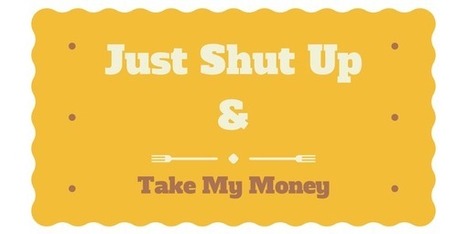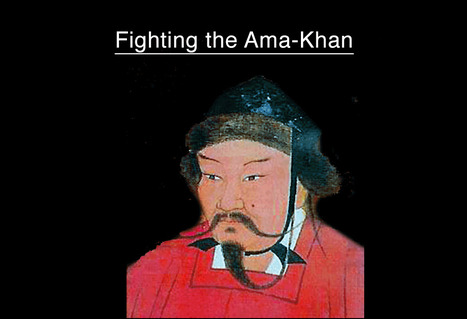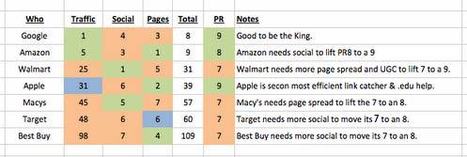Everything you need to know before you can start to sell digital products online even without a large following.
Research and publish the best content.
Get Started for FREE
Sign up with Facebook Sign up with X
I don't have a Facebook or a X account
Already have an account: Login
 Your new post is loading... Your new post is loading...
 Your new post is loading... Your new post is loading...

malek's curator insight,
March 11, 2014 11:34 AM
A great piece about going back to basics, human psychology. Understanding the mental triggers of cost vs value, novelty in tandem with scarcity. Hidden between the lines is dopamine, the pleasure hormone. |

Jeff Domansky's curator insight,
January 16, 2013 3:29 PM
Valuable reading and social marketing analysis from Marty Smith... |








![Amazon Groceries? AmazonFresh set to expand? [+ Marty Note] | BI Revolution | Scoop.it](https://img.scoop.it/lh-B0U4FAWDyCxS6D3R1ODl72eJkfbmt4t8yenImKBVvK0kTmF0xjctABnaLJIm9)







Selling Stuff Online
This Jurij Burchenya post includes excellent tips and demonstrates one very cool content marketing idea. We love the big green "click this button to get a list" riff in this post.
Your content needs to appeal to readers and scanners. Jurij's big green button will encourage scanners to quickly get and use the essence of his article. Well done.
In addition to Jurij's tips we would add:
* Magazine Your Content - create expectations about what will happen each week, month or quarter and then exceed those.
* Create stores on scaled sites like Amazon, eBay and Etsy.
* Use PPC to teach you how to form offers and what content is gold.
* Gamify your content (see our Haiku Deck on the topic here: https://shar.es/1vgyKm ) with contests and games.
Do any two of those ideas plus the ditch digging Jurij's post describes and you will build a following, sell things and have fun. How do I know? I'm a former Director of Ecommerce who managed teams who made more than $30M online during my tenure :). Marty